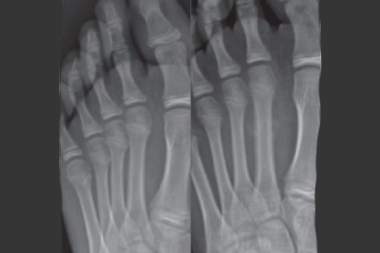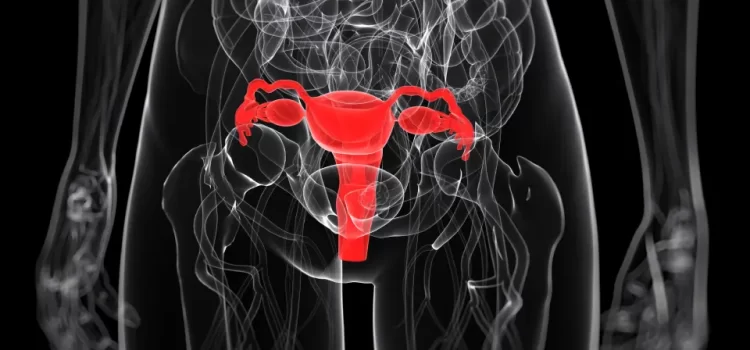A 61-year-old female with a past medical history of hypertension presents to urgent care with palpitations and shortness of breath for 3 days. She also reports cough and fever, and denies nausea or vomiting. View the initial ECG taken and consider what your diagnosis and next steps would be. Resolution of the case is described on the next page.
Read More









